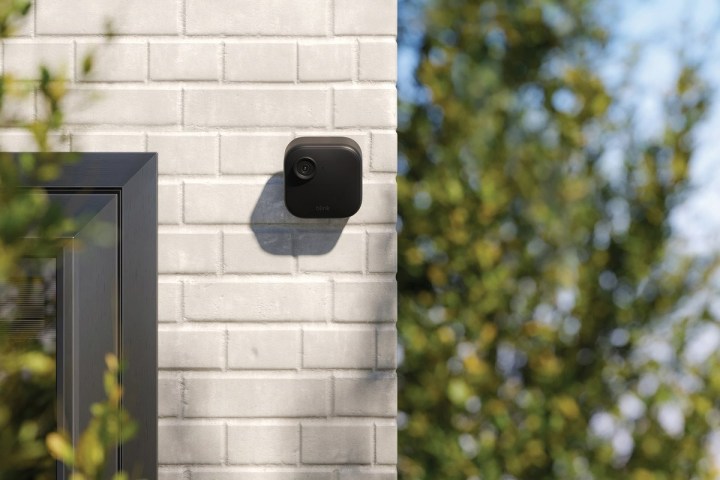Activity Zones are a key feature of Blink security cameras, as they allow you to choose which areas of your property will be recorded. This means you can use Activity Zones to exclude areas that could trigger false notifications – such as a busy public sidewalk or a road in front of your home with heavy traffic.
You’ll need to tinker with the settings a few different times to perfect your setup, but getting started with Activity Zones is simple. Here’s how to set Activity Zones on Blink cameras.

Blink
How to set Activity Zones on your Blink camera
You’ll need to use your Blink app to set Activity Zones for Blink cameras. Regardless of which camera you own, the process is largely the same. Here’s how it works.
Step 1: Open the Blink smartphone app and select the Camera Settings option for the camera you want to modify.
Step 2: Select Motion Settings, then enter the Motion Zones menu.
Step 3: Here, you’ll see a screenshot of what your camera is recording. If the image looks old, press the Update Photo button to refresh it.
Step 4: You should see a grid overlay running the length of your image. Tapping on a square in the grid will turn it into an inactive Activity Zone – meaning motion will not be detected in that region.
Step 5: Depending on your camera, you may be able to zoom in on the image to access a smaller grid. This allows you to create a more precise Activity Zone.
Step 6: Once you’ve tapped on the areas you’d like your camera to ignore, select Done.
Step 7: Any motion in the squares you deactivated will be ignored. All the squares that remain are considered your Activity Zone.
Step 8: If you’d like to delete all your changes and start from scratch, you can select the Reset Zones button to activate all squares on the grid.
Step 9: It requires some trial and error to get your Activity Zones working flawlessly for your property. Consider making minor changes to your settings every 24 hours until you’ve perfected its layout.
Editors’ Recommendations

